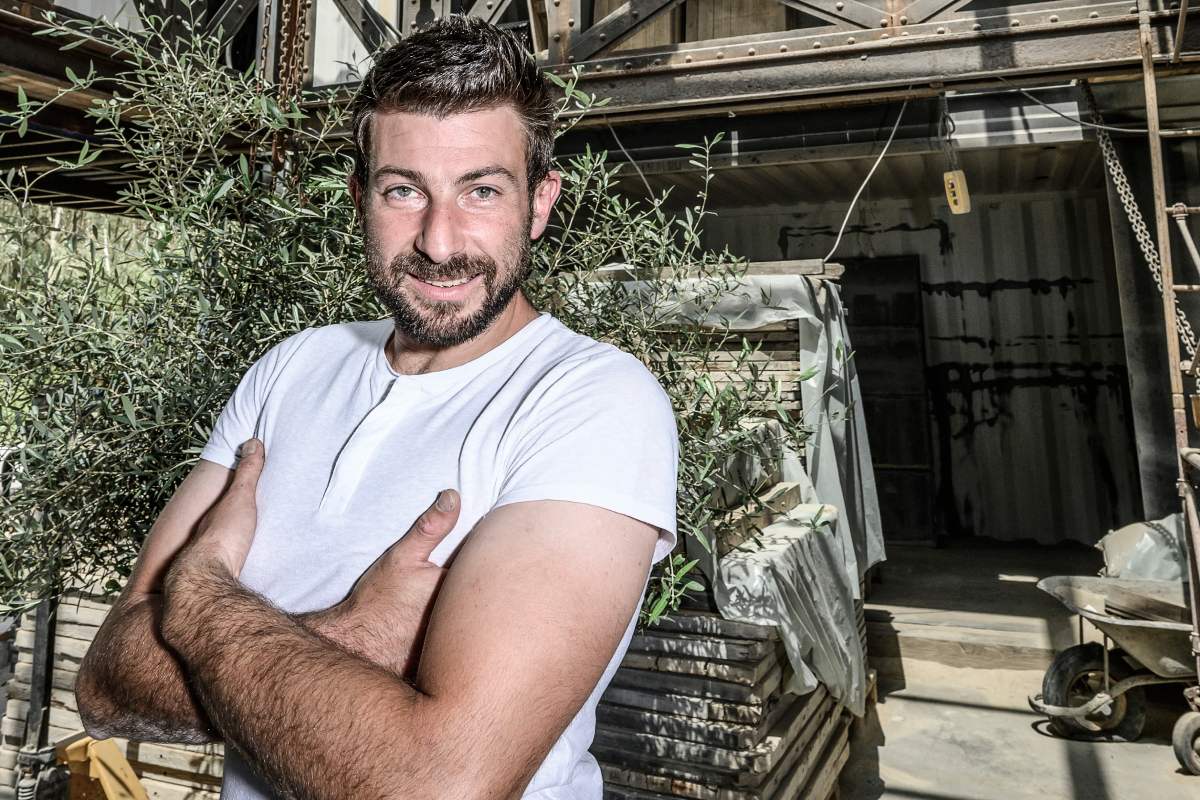Antoine Dufilho for sale: why invest in his sculptures?

This contemporary sculptor is unlike any other artist of his generation. At 38, this former medical student turned architect transforms aluminum into striking tributes to legendary cars. And unlike many emerging artists, his work has already found an audience.
Collector cars boost contemporary art
The figures speak for themselves: the classic car market is set to grow by 21% in 2021. This growing passion for exceptional cars is reflected in automotive art, creating a growing demand for pieces that celebrate these mechanical icons.
The sculptor from Lille has been riding this wave since 2012, when he decided to devote himself entirely to his work. His technique? Cutting stainless steel into strips to create car “skeletons” that seem to come to life depending on the angle of observation. A Ferrari 250 GTO that changes appearance as you turn around it, a Porsche 911 that seems to speed along despite its immobility.
Prices still affordable for the market
“Models sell for between €10,000 and €60,000,” confides the artist himself. These amounts place his creations in an accessible range, far from the millions demanded for the great contemporary names.
To put these prices into perspective: according to the specialists, you need to invest at least €20,000 to hope for a significant capital gain in art. The designer’s pieces fit into this logic, with an entry ticket that remains reasonable for many collectors and galleries.
Growing recognition
Museums are beginning to take an interest in his work. The Petersen Museum in Los Angeles is exhibiting his Bugatti Type 57 Atlantic right next to the original car: quite a token of credibility. The Bonnard Museum has also opened its doors to him.
Even more revealing: the artist works with over 60 galleries worldwide. This international distribution testifies to a real and geographically diversified demand. His exhibitions are multiplying, from Nice to Le Mans, attracting art lovers and car enthusiasts alike. Buyers benefit from secure delivery and quality assurance.
Art market figures
The art sector generates an average annual return of 7%. Artprice, the benchmark in this field, calculates the average value of artworks over 11 years at 5.9% per annum. This performance often exceeds that of traditional investments.
But beware: 45% of creations can also lose value. Artistic investment remains risky, subject to fashions and collectors’ tastes.
The automotive and innovation advantage
The designer is banking on a buoyant niche. Youngtimers”, the cult cars of the 90s, are attracting a new generation of investors. This passion for cars naturally fuels interest in artistic pieces inspired by them.
His training as an architect and his knowledge of biomechanics (inherited from his medical studies) give him a rare technical rigor. The result: creations that transcend mere reproduction to become truly contemporary works of art. His molding and welding techniques, worked on aluminum canvas and sometimes on paper for lithographs, create a unique style.
The strategy of scarcity
The artist favors limited editions for his creations. This programmed scarcity naturally supports prices. In a market where 85% of works sell out in less than two years, according to professionals, this strategy ensures a healthy rotation.
Its aluminum outdoor pieces and stainless steel indoor pieces are suitable for all environments. Collectors can thus acquire durable objects, whether for a private collection or a public exhibition.
Mercedes, Ferrari, Porsche: diversifying your catalog
The range of models reproduced covers all the major brands. From the Mercedes 300 SLR to the Ferrari Daytona, from iconic Porsches to vintage Aston Martins, each piece is aimed at a specific segment of collectors.
This diversification enables buyers to build up a truly thematic catalog. Expert opinion underlines the importance of this multi-brand approach in reaching different passionate audiences.
The evolution towards abstraction
At the same time, the artist is developing a more abstract style of work, broadening his audience beyond car enthusiasts. His new creations explore optical illusion with metal plates and needles, creating striking visual effects.
This artistic evolution can open up new markets, particularly among collectors of pure contemporary art, less linked to the automotive theme.
How and where to buy
Several approaches are available to potential buyers. Buying directly from a gallery allows you to see the pieces and benefit from the advice of professionals. Our 60 partner galleries offer a wide geographic choice, with the option of secure online sales.
Initial prices start at around a few thousand euros, enabling new collectors to discover this artist’s world without excessive investment. For larger budgets, monumental pieces can fetch several tens of thousands of euros.
Trade magazines and recognition
The specialist press is keeping a close eye on his market value. Several art magazines and automotive publications have devoted articles to his work, raising his profile with potential collectors.
This media coverage helps to establish his reputation and broaden his collector base, an important factor in the future valuation of his works.
Selling at the right time
Experienced collectors know the importance of selling at the right time. With a young artist such as our sculptor, the strategy may be to hold on to the pieces for several years, while his international recognition consolidates.
By registering on specialized platforms and appearing in sales catalogs, you can track the evolution of your quotation in real time.
Things to remember
This designer represents a calculated gamble for discerning collectors. His prices remain affordable, his recognition is growing, and he’s evolving in a collector’s car market that’s in great shape.
Enthusiasts looking to diversify their portfolios with original pieces have a serious lead here. All that remains is to choose the right creations and accept the risks inherent in any artistic investment.
In art, as elsewhere, the greatest opportunities often present themselves before anyone else has even discovered them.
